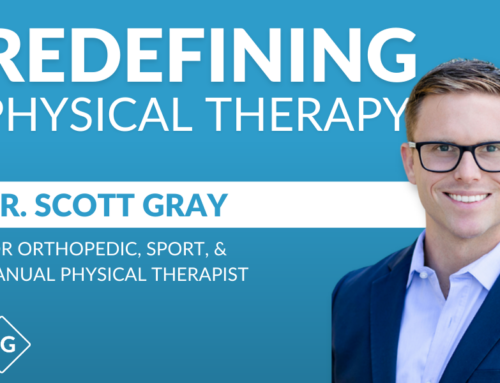Why & How To Manipulate C1 & C2?
When a patient has a hard time turning their head left or right they probably have a limitation of C1 and C2. To figure this out you can check out my prior blog post on this exact topic by CLICKING HERE.
If gentle mobilization isn’t improving your patient’s motion the next step is to provide a little more force to the joint. This would involve doing a grade V thrust.
[headline style=”1″ align=”center” headline_tag=”h2″]But Isn’t It Risky?
[/headline]
To be honest, sure it is risky. Anytime you do a manipulation risk is involved. I will say this…..
Think about all the people that are being manipulated each day in the US. You probably hear about 1 or 2 instances where someones strokes out annually. By no means would I EVER want that to happen to me or one of your patients but there is inherent risk.
A few things to consider before you apply the thrust….
One- do a vertebral artery test. There is much controversy over this test as many think it is more stressful than the manipulation.
[headline style=”1″ align=”center” headline_tag=”h2″]Vertebral Artery Test
[/headline]
Two- use common sense. Don’t do a high velocity thrust on your elderly patient or patients with vascular issues or other potential red or yellow flags. Think risk versus reward and you can’t go wrong in most cases.
Makes sense, right?
[images style=”0″ image=”http%3A%2F%2Fwww.scottgraypt.com%2Fwp-content%2Fuploads%2F2017%2F08%2FDepositphotos_78599192_m-2015.jpg” width=”1000″ caption=”To%20ensure%20your%20patient’s%20don’t%20stroke%20out%2C%20follow%20proper%20precautions%20and%20use%20common%20sense.” align=”center” top_margin=”0″ full_width=”Y”]
[headline style=”1″ align=”center” headline_tag=”h2″]Ok….So How Do I Maniplate C1 On C2, Scott?
[/headline]
[headline style=”1″ align=”center” headline_tag=”h2″]Concluding Thoughts On Manipulating C1 On C2
[/headline]
This is a great technique if you’re taking all the step necessary to do this technique correctly. If you do a great assessment of the sub-cranial spine, use common sense when applying this technique. Practice your touch on this maneuver with your patients and you will reap the rewards and they will thank you for increasing their neck mobility.


